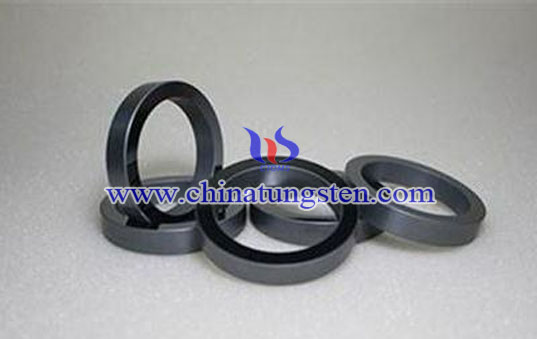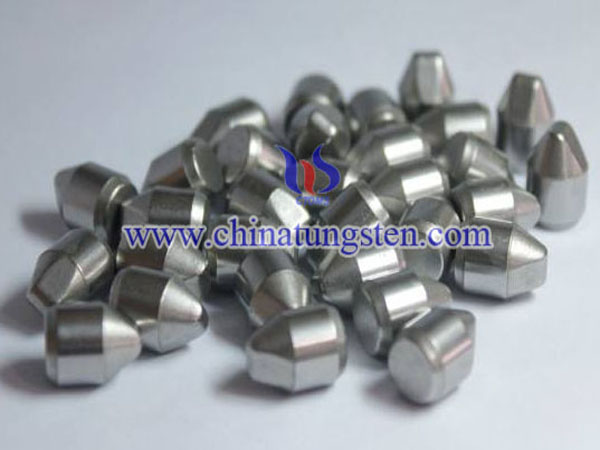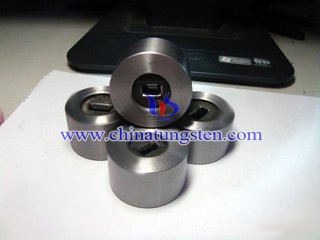Silicon Carbide Structure

Silicon carbide structure
Silicon carbide is a compound composed of a carbon atom and a silicon atom covalently mainly combined. Covalent bond are four basic types (ionic bond, covalent bond, metallic bond, the molecular bonds) the binding force of the strongest of the coupled interaction between the carbon atoms bonding to the silicon atom, the electron occurs shift in the shell, forming a strong bond can be more SP3 hybrid orbitals, which is silicon carbide, diamond-like structure formed with the reasons of high hardness and melting point.
Electron structure of carbon atoms is C, 1s22s22p2, that it has four outer electrons , two of which are 2s electron , two of which are 2p electrons. 2s sub- layer is only one track , the two 2s electrons on this track , but the opposite spin . 2p sub- layer can have three tracks were recorded as 2px, 2py, 2pz. Therefore, the carbon atom has four outer track , i.e., 2s. 2px, 2py, 2pz. When the movement of electrons in these four tracks , 2s orbital electron cloud distributed spherical symmetry , 2p orbital bit like a dumbbell shape. 2px2py2pz the same shape , only the distribution of the different directions , respectively, along the direction x, y, z, axis distribution . There are four unpaired valence electrons , and may be formed outside four covalent bonds . 2Pz 2S electron to the track while it takes energy, but which can form two covalent bonds , the structure can be obtained more . This explains why four carbon atoms may be a covalent bond . The four carbon atoms of valence electrons has a spherically symmetric electronic 2s , 2p electrons are another three mutually perpendicular . When these four valence electrons and the outside world to form four covalent bonds , covalent bonds are three mutually perpendicular directions and the other is of any na ? Indeed not.
Electron structure of carbon atoms is C, 1s22s22p2, that it has four outer electrons , two of which are 2s electron , two of which are 2p electrons. 2s sub- layer is only one track , the two 2s electrons on this track , but the opposite spin . 2p sub- layer can have three tracks were recorded as 2px, 2py, 2pz. Therefore, the carbon atom has four outer track , i.e., 2s. 2px, 2py, 2pz. When the movement of electrons in these four tracks , 2s orbital electron cloud distributed spherical symmetry , 2p orbital bit like a dumbbell shape. 2px2py2pz the same shape , only the distribution of the different directions , respectively, along the direction x, y, z, axis distribution . There are four unpaired valence electrons , and may be formed outside four covalent bonds . 2Pz 2S electron to the track while it takes energy, but which can form two covalent bonds , the structure can be obtained more . This explains why four carbon atoms may be a covalent bond . The four carbon atoms of valence electrons has a spherically symmetric electronic 2s , 2p electrons are another three mutually perpendicular . When these four valence electrons and the outside world to form four covalent bonds , covalent bonds are three mutually perpendicular directions and the other is of any na ? Indeed not. Theory and time are described , when the C atom forming four covalent bond outside its four outer track (2S, 2Px, 2Py, 2Pz) mixed with each other to re-form the equivalent of four new track , called hybrid orbitals sp3. The four hybrid orbitals are pointing in the direction of the four corners of the tetrahedron , the electron cloud distributed between the tetrahedral center focused on four corners , four into the same branch . Such hybrid orbitals called tetrahedral hybrid orbitals with the outside world , according to the tetrahedral bonding structure as possible .




